By Matt Jacobs
“But there aren’t any sharks in the Maldives? We were told there are no sharks?” “Oh yes! It’s one of the best places in the world for sharks, they are protected there”, I reply to the newlywed as I excitedly show her my shark photos. I notice she is nervously fiddling with her wedding ring and exchanging worried looks with her new husband. It begins to dawn on me that not everyone loves sharks. Not many people love sharks. In fact most people are terrified of them and I’m sitting next to two such people on an airplane en route to their dream honeymoon that probably cost more than the national debt of a small country and I’ve just single handedly destroyed it. I try to pull it back: “Oh don’t worry, you probably won’t see any. You’d be very lucky to see a shark.” This does nothing to allay their fears so I stop talking, recline my seat and resign myself to fact that the Maldives honeymoon industry probably won’t want to buy any of my photos.

There’s a pecking order here and the alpha is a huge female called Pirate so called because of her scars to her eye and lip, the result of her losing a fight with a boat’s propellor. © Matt Jacobs
Finding the Dive Tribe in Fuvahmulah
I’m headed to Fuvahmulah in the far south of the Maldives, so far south that it's one of the few Maldives islands south of the equator. The island is famous for its tiger sharks and has been steadily growing as a dive destination since 2017.
I meet Heidi in Male airport for our next hour long flight down south where she comments I’m sweating profusely. I explain it’s not the heat but the fact I’ve just been charged $8 for a small bottle of Evian.

I’m always mindful of what tigers are capable of and I’m never complacent. © Matt Jacobs
The small propellor plane touches down onto Fuvahmulah’s airstrip and we make the way to our hotel 5 mins away. Fuvahmulah is unique among the Maldives islands, it’s actually a one-island atoll and is the third largest island in the Maldives and boasts two freshwater lakes. This habitat provides homes for different plant and animal species not to be found anywhere else in the Maldives.

I need to find someone to dive with so we hire a motorbike and set out to find somewhere. Online reviews can only tell you so much and I need to get the feel of a dive centre in person. After a few dive centres are scrubbed from the list we walk into The Fuvahmulah Scuba Club in the middle of the island. We’ve arrived at the right time as most of the guides are present in the office. I explain who I am and what footage I need to get of the tigers. Their enthusiasm is infectious as I show them my website and they become excited about the images they can help me get. I need to get close to the tigers I say. Very, VERY close. “Oh we will get you close, very close, don’t worry” they laugh. We’ve found our tribe and we can happily dive with this crew. I decide to grab a beer to celebrate and then Heidi reminds me once again that is a dry island where alcohol is forbidden.

Pre-Dive Routine
The morning before the first dive I go through my well honed routine of setting up my camera. I first make sure the air-con is on to dry and cool the air to minimise the risk of condensation building up. I always prepare my camera in the bathroom for a number of reasons. With the hard surfaces there’s less fluff from bedding and carpets floating around that could attach to the O ring. The light is often very bright in bathrooms which helps in seeing that the whole housing is spotlessly clean. I always buy a few cheap pairs of the strongest reading glasses I can find even though my eyes are fine. I recommend everyone does this as it really helps magnify any tiny foreign objects that may compromise the seals. Finally I pressurise the rig with the vacuum pump while I make coffee. After several minutes and no movement on the dial I’m good to go.

Fuvahmulah Shark Sanctuary
We’re picked up the next day to make the two minute drive to the harbour where just beyond the walls the tigers are found. The fishermen have traditionally landed their catches here and prepared the fish to be sold in the harbour market. Unwanted heads and tails of tuna were traditionally tossed into the harbour which drew in tigers. When divers discovered this congregation of these magnificent fish it sowed the seeds of the fledgling dive industry and instead of tossing the unwanted scraps they were, and still are, sold today to dive centres to be used as bait to attract the tigers.

The Maldives leads by example and is one of only 17 shark sanctuaries in the world and bans the menace of shark finning which is responsible for the slaughter of 100 million sharks each year mainly for the Chinese shark fin soup market. Illegal shark finning still poses a threat however with Maldives customs seizing 672kg (1482lb) of sharks in two separate incidents in January and August.

All the tigers in this area are females and many are pregnant. No one knows where they go to give birth as they reappear with flat stomachs and no one knows where they go to breed. © Matt Jacobs
We begin with a check dive at the north end of the island. 30 metre (98 feet) visibility allows us to see the thresher sharks lazily circling below us at the cleaning station 45 metres (148 feet) down. Turtles are in the shallow areas on the wall and Heidi is squealing with delight as our guide points out nudibranchs to her. He instinctively knows not to show them to me. He just knows. We approach a beautiful powder white sand drop off and I glance up as my guide is gesturing to me. “What? What’s up?” I think as my guide starts filming me. Then I feel the thud on my fin. I spin round, camera locked and loaded ready, thinking its a shark. There’s nothing there. Then I feel the hard slam into my leg. A titan trigger fish is upon me and I am persona non grata in this dude’s ‘hood. I fin on my back out of his territory while filming him which seems to enrage him more as he comes in for attack after attack. Safe in the knowledge I’ve learned my lesson he gives up and heads home. Heidi is flooding her mask with laughter watching me suffer the onslaught. I find out later that I missed the part in the briefing to avoid the sandy area…

Tiger Shark Diving
Between each dive we dock back at the harbour which makes for stress free diving as you can disembark and chill at the local cafe for an hour or so as new tanks arrive and are loaded on board. The next dive is what I’m here for. Tigers.
The tiger diving is well thought out by the various dive centres across the island. Instead of huge amounts of divers descending on the area at once, the organisations communicate the night before and a timetable is drawn up with each company designated a slot. This not only minimises the amount of divers in the water but also allows the guides to keep an eye on the sharks which after all have the potential to inflict serious harm should things go wrong. It’s a short two minute hop from the harbour to just outside the walls where the action lies around 12 meters (39 feet) below.

I’m excited. I have lots of experience being up close and personal with large, potentially dangerous sharks but that excitement never dulls. Every dive with sharks fills me with a childlike wonder. That Christmas morning excitement. We are told to do a negative entry, something I can’t do as I have to have my camera handed down to me. I’m not personally a fan of negative entries as I’ve seen the consequences of when things go wrong. A divemaster on a trip I was on was seriously injured by someone jumping on top of her as she did a negative and a tank split her head wide open rendering her unconscious. She was lucky to survive.

Descending to around 15 metres (49 feet) we make our way to the plateau above and I gaze up and out of the blue and see the first tiger. She’s huge, around 14 feet (4 metres) long and she circles the divers assembling below her. My guide has let me stay at the end of the group so I have space to move around and get the shots I need. The vis is bad and I watch as the guides fire off air from their octopus to signal to the boat above to drop the bait. They grab huge tuna heads and bury them in the rocks in front of us. The tigers quickly begin to pick up the scent and move in. Around five large sharks jostle for position to try to move the rocks, their huge jaws pick up the rocks and toss them aside. I’m in awe of their power, they are the V8 muscle cars of sharks. There’s a pecking order here and the alpha is a huge female called Pirate so called because of her scars to her eye and lip, the result of her losing a fight with a boat’s propellor. This gives her a ferocious look, exposing her upper teeth as if locked in some demonic grin. All the tigers in this area are females and many are pregnant. No one knows where they go to give birth as they reappear with flat stomachs and no one knows where they go to breed. I’m told there are males around the island but not near the harbour. If they leave the sanctuary of the Maldives they are at risk of being killed for their fins.

Shark Photography with Natural Light
I need to get close to the sharks, very close as I’m using an 8mm f/1.8 fisheye lens on my Lumix GH6 and anything less than a few inches away and they will be specs in the distance. I have to respect the guides instructions and stay in position, there are guides behind me at all times making sure no tigers sneak up behind me. I have to prove to the guides I can be trusted not to do anything stupid. I fire off shots into the murk, being a harbour a lot of silt gets washed in and big swells push me from side to side. I slow my breathing as the sharks hate bubbles and a few come closer now, a few feet away, but I need them closer. I manually white balance my camera and because I’m lying on the floor my position is fixed and there’s no need to white balance again throughout the dive. I have a red filter on the back of the lens to neutralise the blue although right now there is not much blue to be found as the silt gets worse.
All too quickly the dive is over and we are back on the boat. Other divers look through my monitor at the shots I’ve got and are amazed at how clear they look. They say it looks better than it was. I explain that because of my extreme lens and how close I am, I’m not shooting through a ton of particles. I explain the trick is to always minimise the amount water you shoot through. My aim, I explain as with all my underwater images, is create art shots. I’m not interested in getting “fish identification” shots. There are millions of these in existence already. A group of Chinese photographers ask if I will give a quick talk on how to get the shots I take and I duly oblige, leaving lots of pauses so someone can translate. Lots of ooohhs and aahhhs follow as I reveal some of my secrets.

Using only natural light I’m in the minority of the other photographers on the boat who are using strobes. This puts me at the mercy of where the sun is and I’m constantly adjusting my all my settings and swapping from spot metering and centre weighted. The guides love the shots I have got and I tell then I can get better ones, if I can get closer.

Under Pressure
The next morning we are on the look out for hammerheads, They are often to found out in the blue down at depths of between 45 and 65 metres (148-213 feet). There is a 30 metre (98 feet) legal limit in the Maldives and we are told anyone going deeper does so at their own risk. The hammerheads are elusive and sadly we see none but Heidi lazily points to something behind me. I turn to see a large lone tiger cruising in to investigate me. I adjust my trim and put a little squirt of air in my BC. I hear a sound and feel my BC continuing to inflate. I feel myself rising. The inflator has stuck and it’s auto inflating. I pull the dump valve but I can’t dump air quicker than it’s inflating and I continue to rise. I can’t pull two dump valves at once as my hands are full with my camera. I quickly realise I’m in a serious incident here and I’m going to need to disconnect the inflator hose, and fast. My mind is aware now of how hard it can be to disconnect a pressurised hose and I quickly unhook my camera, thrust it towards Heidi and then grab the hose. I push the hose down then forcefully pull it back and it mercifully disconnects. The ascent is arrested and I dump the remaining air then inflate the BC orally. I must surely be close to using up my nine lives now…

Back on the boat I inspect the BC and find out it’s the button that is sticking, not the valve. I decide I can’t trust it not to do it again and for the rest of the trip I dive with hose disconnected and use my mouth for inflation.
The next day with the tigers the vis is much better with beautiful blue water. Pirate comes in super close to me and seems to enjoy my company. My guide says she was behind me for a while and seemed to be fascinated with my fins. She quickly becomes my favourite shark in world and her visage seems to change from demonic to a happy, crooked smile.

The guides now all want to be with me as they want me to get shots of them. We strike a bargain and they say if you get good shot of us we will get you close to the tigers. Each day I'm gaining the guides trust and on the final two days I’m away from group and bait is placed right front off me. The sharks are inches from me now. I notice some juveniles in the area and in my experience one needs to keep an eye on these youngsters as they have no table manners and can be very feisty and unpredictable. In the corner of my eye I see one racing in towards me, fast, very fast and at the last minute my guide with lighting quick reactions moves in an pushes her away from me, her nictitating membrane is activated over her eyes with indignation. I shoot Heidi a quick glance and we both telepathically exchange a “woah!” My heart is pumping now and I calm myself and continue to shoot.

We dive every day with tigers but the final day is the best, clear blue water and Pirate is with me the whole dive and her sand paper like skin rasps the cover of my camera dome as she cruises past and I stare into her good eye. The swell pushes me even closer to her. I think she will be pushed with the swell along with me but she is not for moving and I get the feeling she is saying” “one of us is gonna move and it’s not gonna be me”. I don’t want to crash in to her and spook her so I steady myself on a rock and we stare at each, now face to face. She really is quite magnificent and I feel a great sense of privilege that she has allowed me to get so, so close to her. I’m always mindful of what tigers are capable of and I’m never complacent. Indeed, while I was there a tiger on another island bit the head of diver. The bright neoprene Nemo hat that she was wearing may, I think have had something to do with it though…
In the evening back at the dive centre on the last day it’s an emotional goodbye as we collect our gear and I air drop a ton of photos to the guides. The guides who have trusted me and let me do my thing and allowed me to get so close and get the shots I need. I am so, so grateful to all those involved.
For readers of this article wishing to book with Fuvahmulah Scuba Club contact Joyce at joyce@fuvahmulahscubaclub.com mentioning this Ikelite article for offers.
Additional Viewing
Bait Balls & Thresher Sharks: Underwater Photography in the Philippines
An Underwater Rockstar Among Royalty
Entering a Photo Contest with a Winner's Mindset
Natural Light Underwater Photography Settings and Technique
The Rapture of the Deep | Maldives with the Panasonic GH5
 Ambassador Matt Jacobs learned to dive in the Philippines while he was traveling around the world extensively as a photographer in the late 90's. It was only natural to combine his passion for photography with his love of the water. Egypt is now his spiritual home with a special fondness for the Red Sea. Matt is a Panasonic LUMIX Ambassador and his work has been published and sold as fine art internationally. Read more...
Ambassador Matt Jacobs learned to dive in the Philippines while he was traveling around the world extensively as a photographer in the late 90's. It was only natural to combine his passion for photography with his love of the water. Egypt is now his spiritual home with a special fondness for the Red Sea. Matt is a Panasonic LUMIX Ambassador and his work has been published and sold as fine art internationally. Read more...


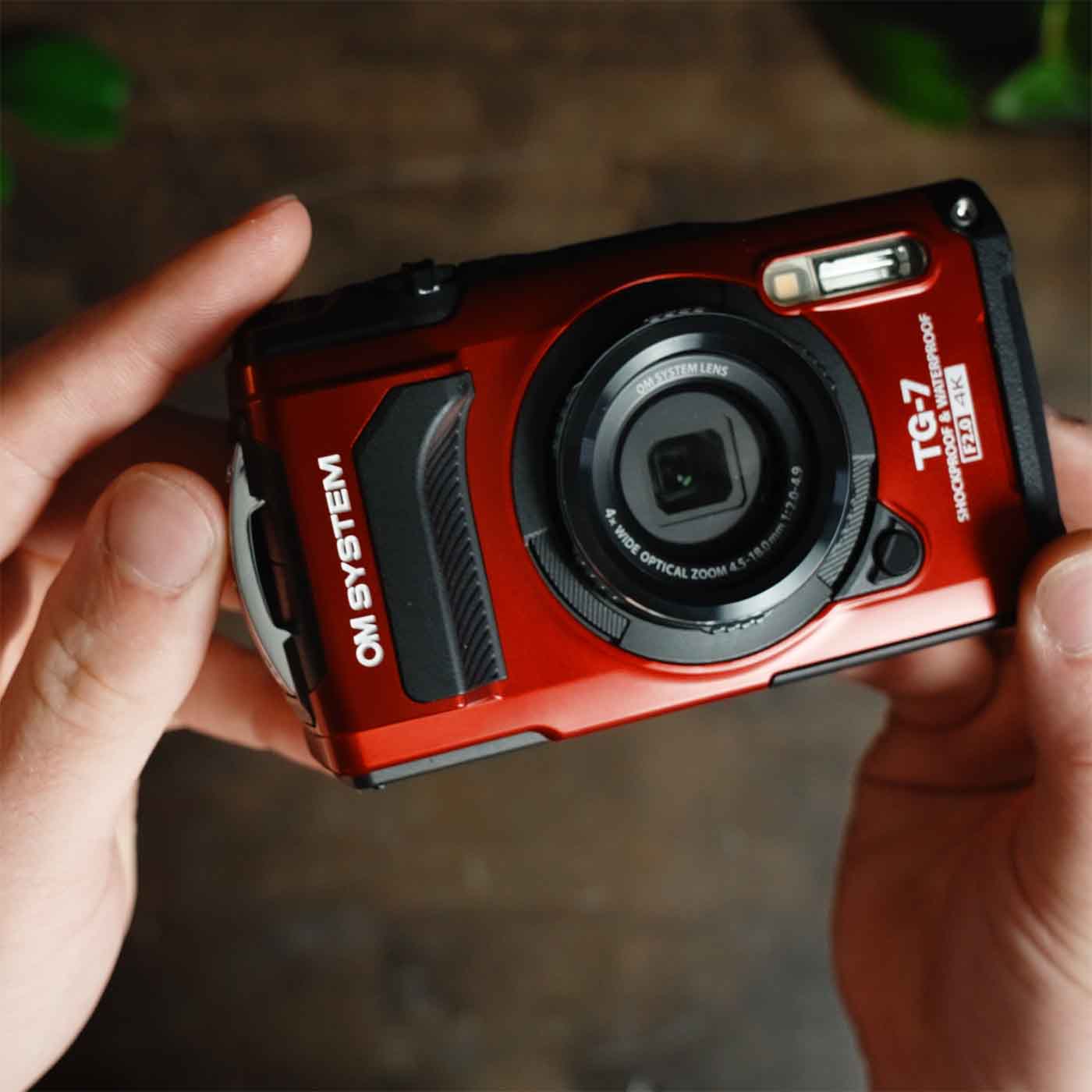
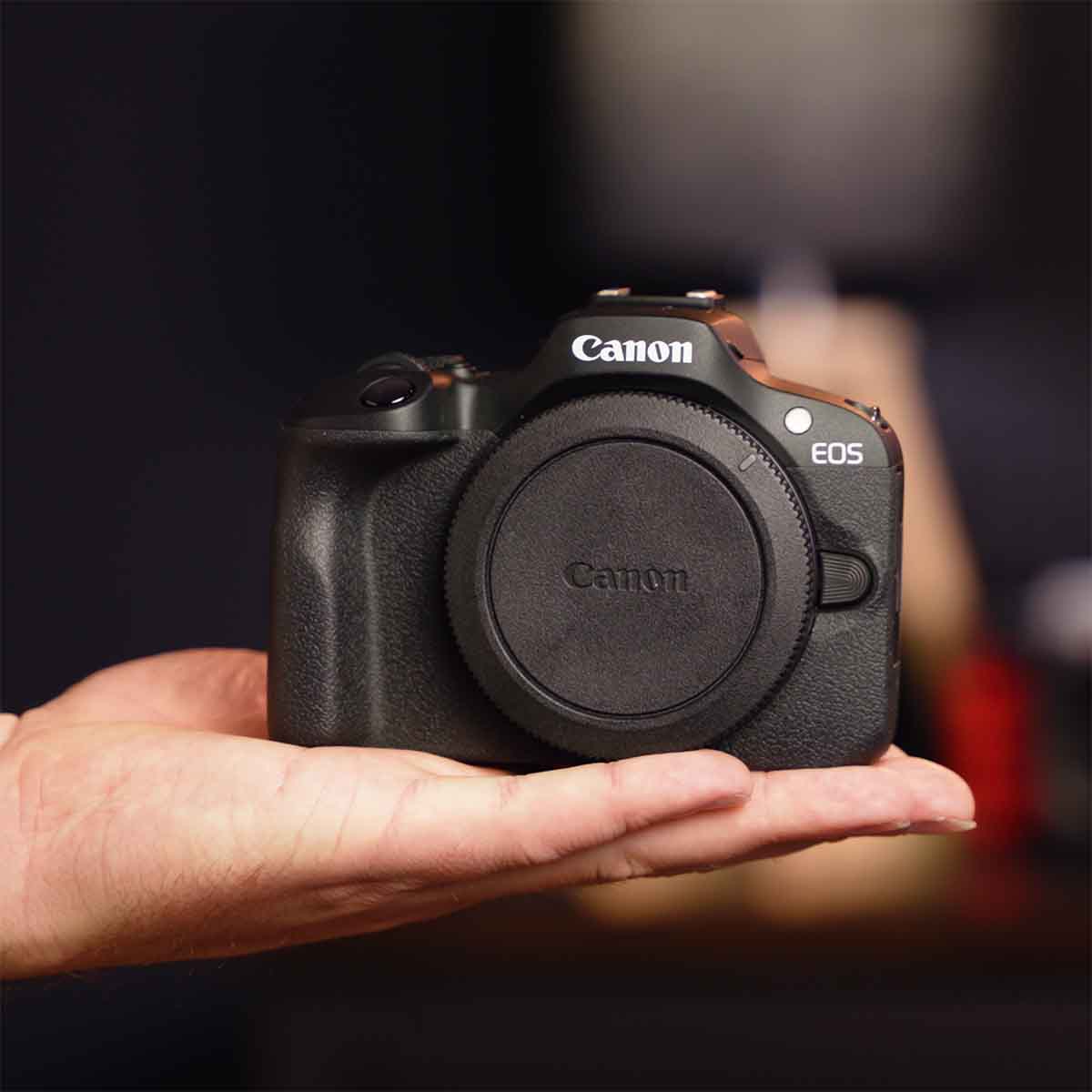
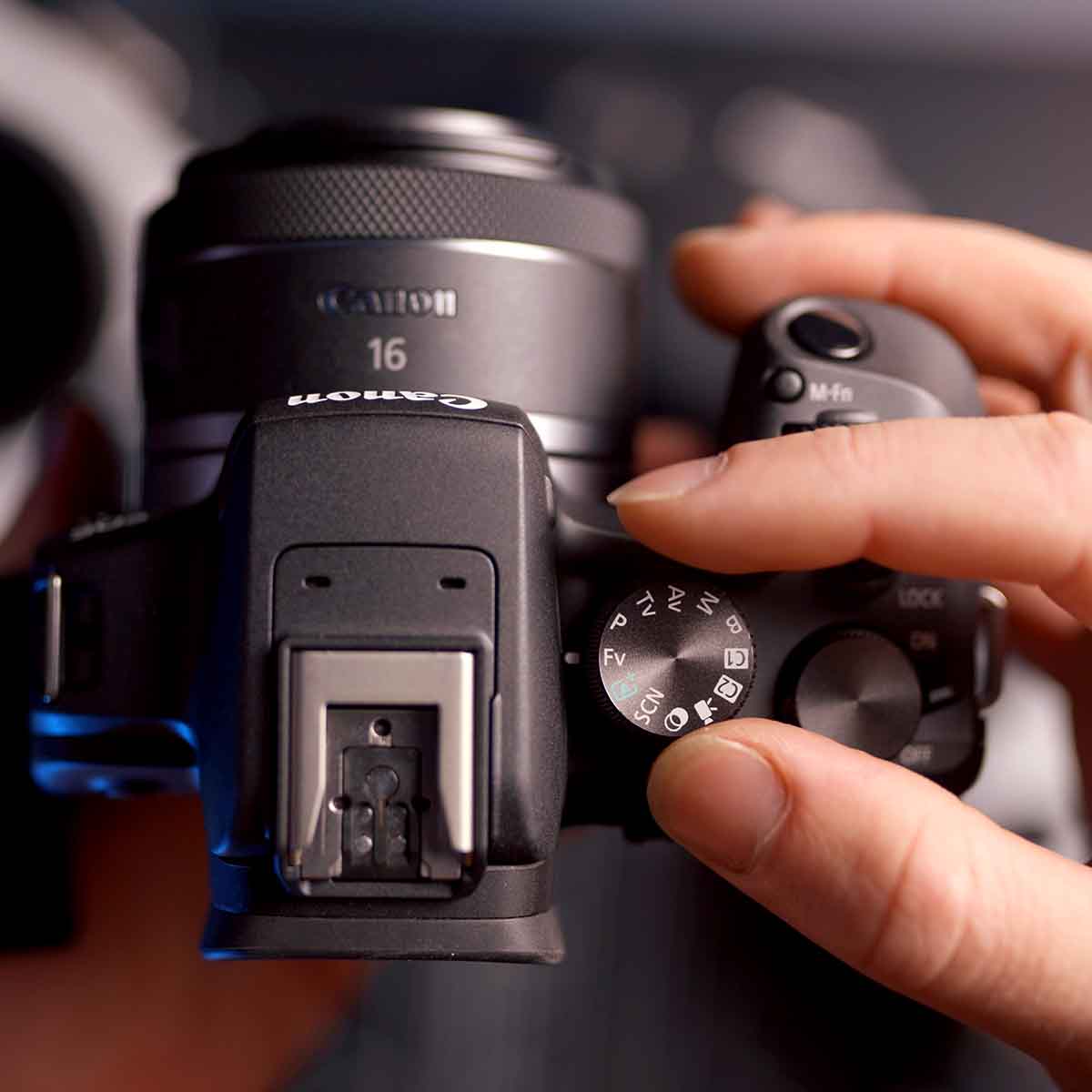



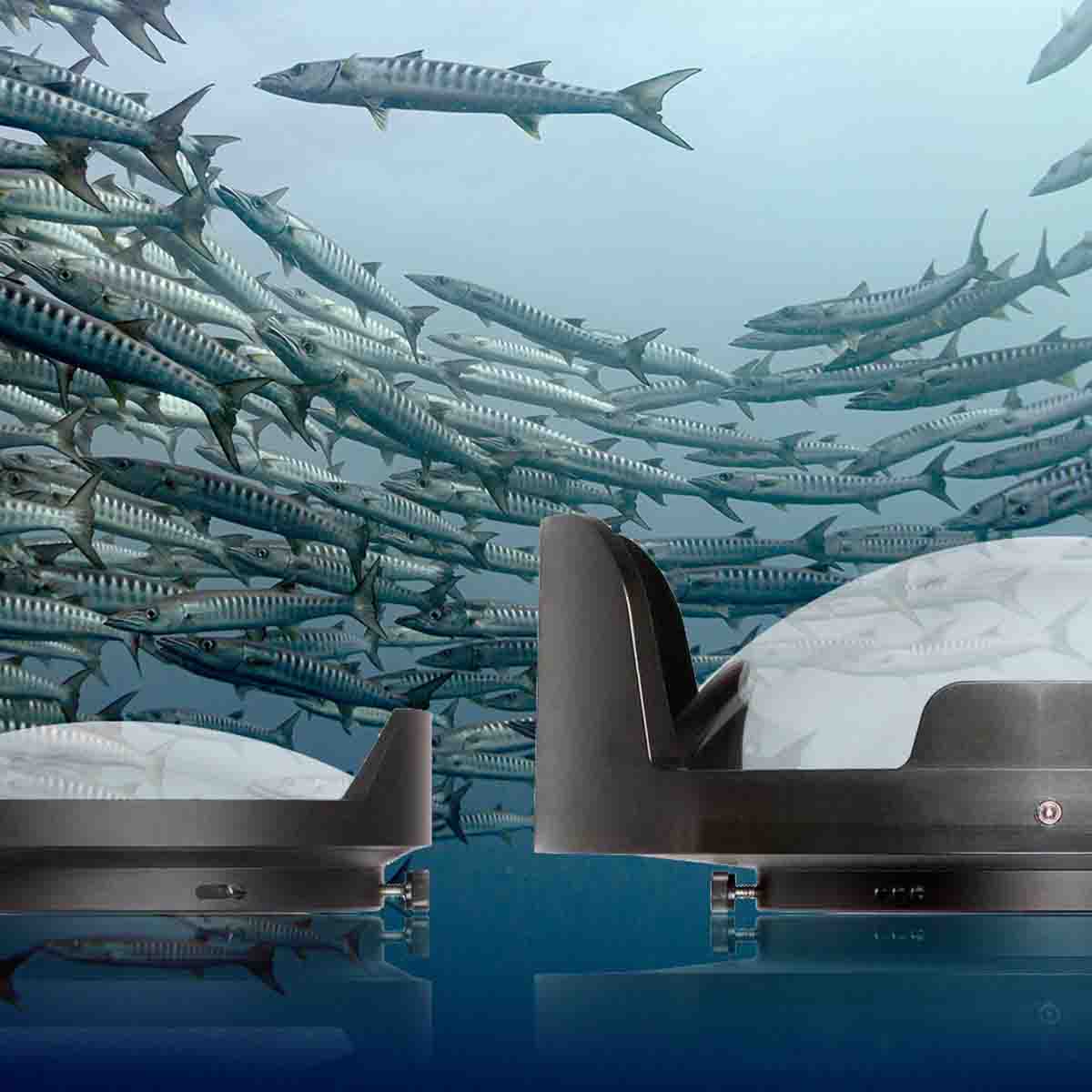
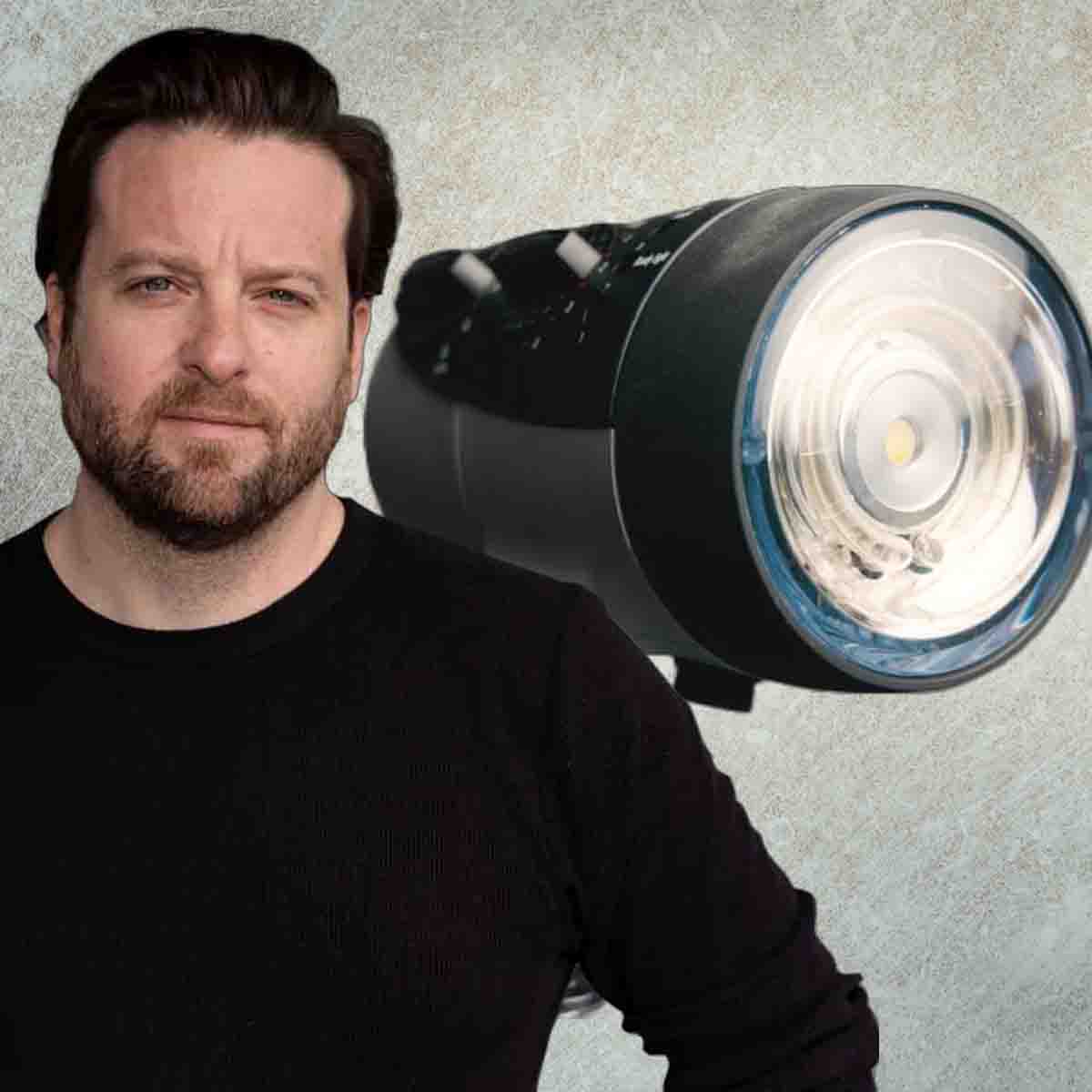
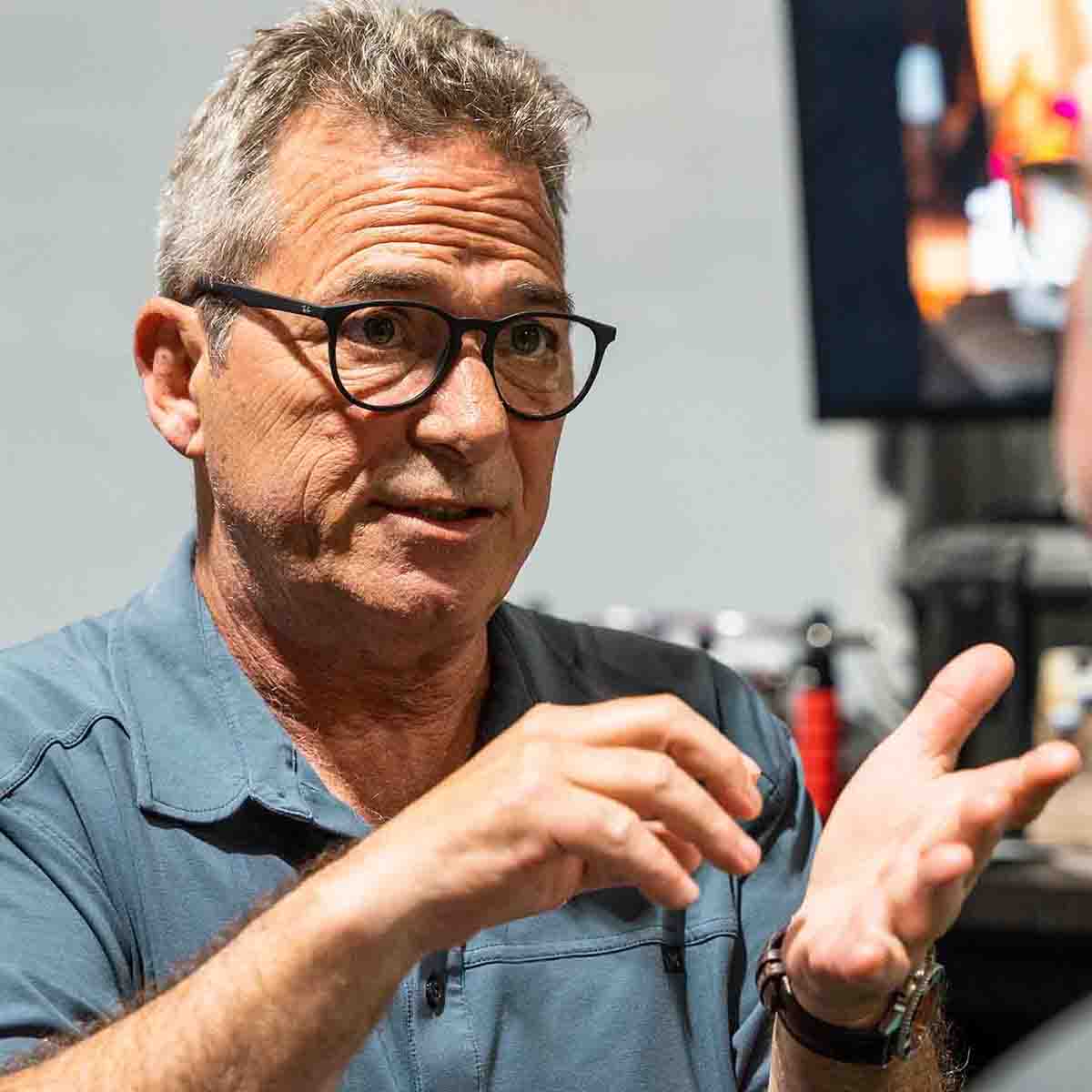
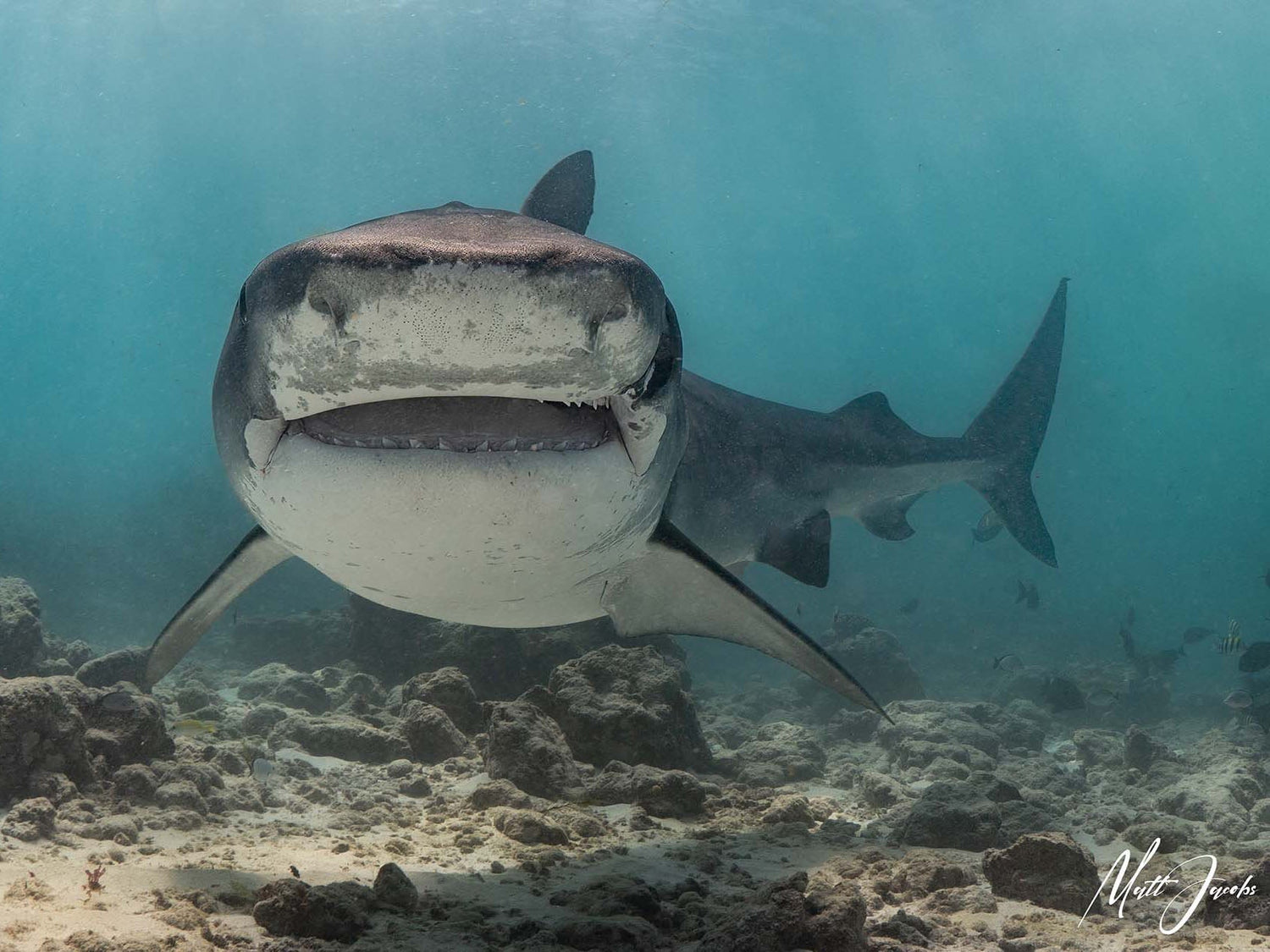
![Indonesia's LUXURY Liveaboard // All Star's Velocean Liveaboard [VIDEO]](http://www.ikelite.com/cdn/shop/articles/Ikelite_Velocean_Allstar_Liveaboards_Promo_Blog_Cover_5ea05100-aea6-4f8e-a91d-26bd657d8a57.jpg?v=1752236014&width=1255)
